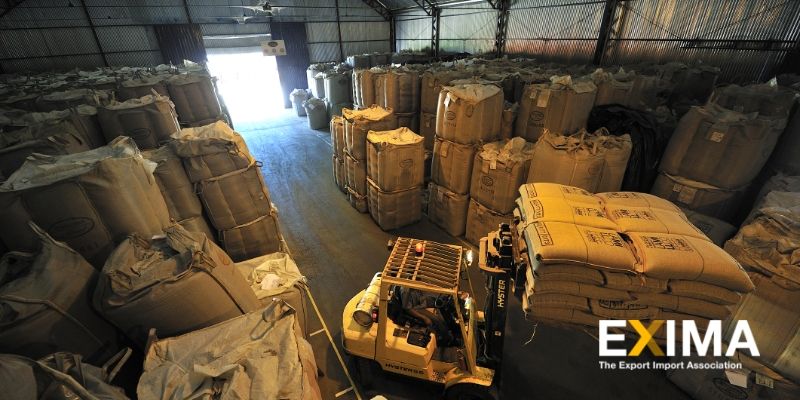While it is not uncommon for containers to transit back empty after a voyage, ocean carriers usually try to backfill them in order to profit from shipping rates in both directions. However, in the first few months of 2021, the cost of carrying goods from China has become almost ten times higher than the opposite journey, which has prompted liners to favor empty boxes instead of loading them.
The US has particularly been affected. According to Peter Friedmann, the executive director of the Agriculture Transportation Coalition, “At the port of Los Angeles, three in every four boxes going back to Asia are empty compared with the normal 50% rate. Food is piling up in all the wrong places.”
As a result, Thailand cannot ship its rice, Canada is stuck with peas, and India cannot unload its sugar. Vietnam, the largest producer of robusta coffee beans, is also struggling to export. Shipping empty boxes back to China has become so profitable that some US soybean shippers cannot even find containers to supply Asian buyers.

There are also signs that the soaring freight rates are increasing the cost of certain foods. White sugar prices surged to a three-year high in January, while delays in food-grade soybean shipments from the US could likely lead to an increase in costs for both soy milk and tofu in Asia.
To sum it all up, even though there is much more ocean freight capacity on the water than ever before in 2021, containers are not where they are needed, leading to a domino effect in global logistics that is not expected to stabilize until September of this year. Luckily, a huge global spike in food costs will not likely occur. It is also unclear how much of the increase in shipping costs businesses will be able to pass on to their customers, given the economic slowdown created by the COVID-19 pandemic.
Learn More with EXIMA News
EXIMA News is here to provide you with all the latest updates on global news. Take a look at our News Page to learn more about current events!









